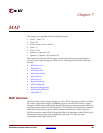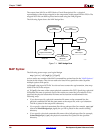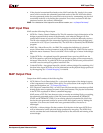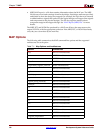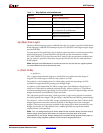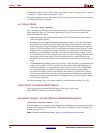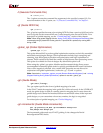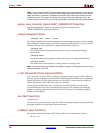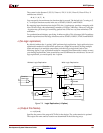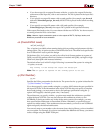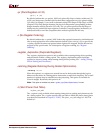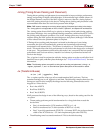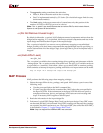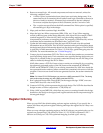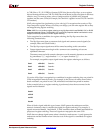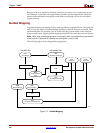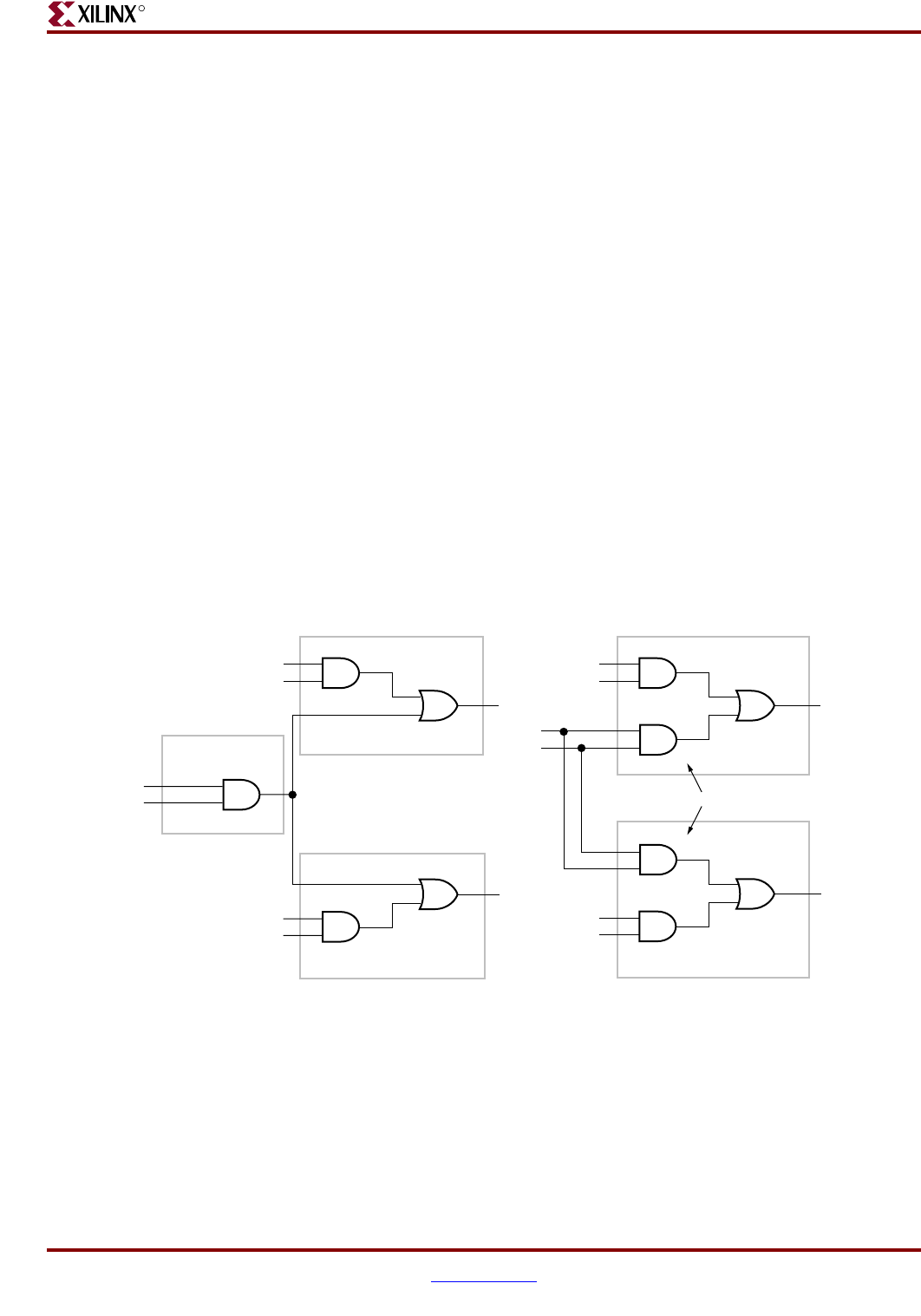
Development System Reference Guide www.xilinx.com 137
MAP Options
R
The syntax for the Spartan 3/3E/3L, Virtex-4/-FX/-LX/-SX, Virtex-II, Virtex-II Pro/-X
architectures follows:
–k
{4 |5 |6| 7| 8}
You can specify the maximum size function that is covered. The default is 4. Covering to 5,
6, 7 or 8 input functions results in the use of F5MUX, F6MUX, and FXMUX.
By mapping input functions into single CLBs, the –k option may produce a mapping with
fewer levels of logic, thus eliminating a number of CLB-to-CLB delays. However, using the
–k option may prevent logic from being packed into CLBs in a way that minimizes CLB
utilization.
For synthesis-based designs, specifying –k 4 has no effect. This is because MAP combines
smaller input functions into large functions such as F5MUX, F6MUX, F7MUX and F8MUX.
–l (No logic replication)
By default (without the –l option), MAP performs logic replication. Logic replication is an
optimization method in which MAP operates on a single driver that is driving multiple
loads and maps it as multiple components, each driving a single load (refer to the
following figure). Logic replication results in a mapping that often makes it easier to meet
your timing requirements, since some delays can be eliminated on critical nets. To turn off
logic replication, you must specify the -l option.
–o (Output File Name)
–o outfile[.ncd]
Specifies the name of the output NCD file for the design. The .ncd extension is optional.
The output file name and its location are determined in the following ways:
Figure 7-2: Logic Replication (–l Option)
Without Logic Replication With Logic Replication
X6973
Function
Generator
Function
Generator
Function
Generator
Function
Generator
Function
Generator
A
B
C
D
E
F
E
F
C
D
A
B
Replicated



